- No products in the cart.
Koldakt Flew plus caps. prolong. 10 pieces
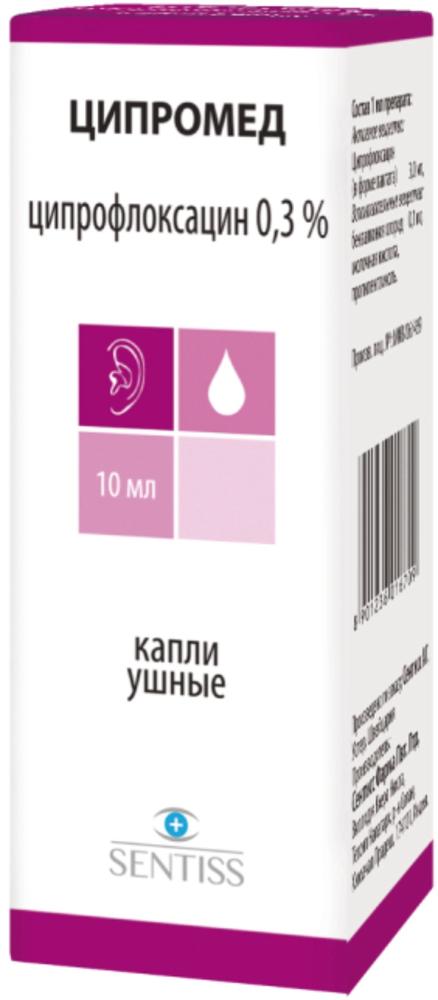
Tsipromed ushn drop. 0.3% 10ml-vial cap.
$2.95
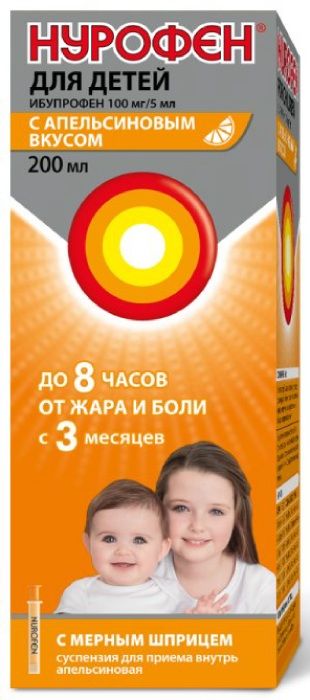
Nurofen for children oral suspension 100mg / 5ml 200ml fl.plast with a syringe dosing orange
$5.59
$4.43
Koldakt Flew plus caps. prolong. 10 pieces
Description
Composition
Active substance:
1 capsule contains:
Chlorphenamine maleate 8 mg, paracetamol 200 mg, phenylephrine hydrochloride 25 mg.
Excipients:
Talc, hypromellose, ethyl cellulose, diethyl phthalate, microcrystalline cellulose, povidone (PVP K 30), sodium disulfite, disodium edetate, dye Ponceau (Ponceau 4R), dye sunset yellow dye quinoline yellow, granules Non Pareil Seeds18 / 22 (sugar crumbles: sucrose, starch syrup). Capsule Shell: Gelatin q.s. to 100%, 14-15% purified water, methyl parahydroxybenzoate 0.8%, propyl parahydroxybenzoate 0.2% dye azorubin 0.35% carmine dye (Ponceau 4R) 0,47%.
Description:
Hard gelatine capsules with a red lid and a transparent body, the size “0”, containing white or almost white, yellow and orange to red-colored pellets.
Product form:
Capsules of the prolonged action. Capsules in blister 10 of aluminum foil and PVC / PVDC film; 1 or 10 blisters with instructions for use in a cardboard package.
Contraindications
Hypersensitivity to any of the constituent components. Receiving monoamine oxidase inhibitors (MAO) (simultaneously or prior to 14 days), the simultaneous reception of tricyclic antidepressants, beta-blockers or other sympathomimetic drugs.
Severe cardiovascular disease, expressed coronary atherosclerosis, hypertension, hyperthyroidism, diabetes mellitus, hyperthyroidism, angle-closure glaucoma, pheochromocytoma, enzyme deficiency, glucose-6-phosphate dehydrogenase. Severe liver diseases, kidney, bladder, gastric ulcer and 12 duodenal ulcer, pancreatic disorders, micturition difficulties in prostate gland, blood disease. Pregnancy, lactation. Children up to age 12 years.
Precautions: congenital hyperbilirubinemia (Gilbert syndrome, Dubin-Johnson and Rotor), asthma and chronic obstructive pulmonary disease, viral hepatitis. Caution should be taken in patients with alcohol dependence. There is a risk of liver damage in patients with deficiency of glutathione (eg, fasting).
Indications
Symptomatic treatment of SARS, including influenza and “colds”, accompanied by high fever, chills, headache and muscle pain, runny nose and nasal congestion, sore throat, body aches, sneezing.
Interaction with other drugs
Paracetamol. MAO inhibitors amplifies effects sedatives, ethanol. The risk of hepatotoxic action of paracetamol is increased while taking barbiturates, phenytoin, phenobarbital, carbamazepine, rifampicin, isoniazid, zidovudine, and other inducers of microsomal liver enzymes. Properties like anticoagulant warfarin and other coumarins may be enhanced on the background of the prolonged regular use of paracetamol, increasing the risk of bleeding. Single dose of paracetamol has no such effect. Metoclopramide increases the rate of absorption of paracetamol and paracetamol increases the level of concentration in the blood plasma to the maximum. Similarly, domperidone may increase the absorption rate of paracetamol. If concomitant use of chloramphenicol and paracetamol half-life of chloramphenicol may increase. Paracetamol may decrease the bioavailability of lamotrigine, with possible reduction of its activities due to its induction of liver metabolism. Paracetamol absorption may be reduced by simultaneous administration with colestyramine, but this can be avoided by taking colestyramine hour later paracetamol. Regular use of paracetamol in conjunction with AZT may cause increase risk of neutropenia and liver damage. Probenecid affects the metabolism of paracetamol. Patients taking concomitant probenecid, the paracetamol dose should be reduced. Hepatotoxicity of paracetamol may be increased by chronic or excessive alcohol consumption. Paracetamol can affect the test results for the determination of uric acid using a precipitating reagent phosphotungstate. Phenylephrine. Is contraindicated in patients who are taking or have taken MAO in the past two weeks. Phenylephrine may potentiate MAO inhibitors and cause hypertensive crisis. Simultaneous application of phenylephrine with other sympathomimetic drugs or tricyclic antidepressants (e.g., amitriptyline) may increase the risk of cardiovascular side effects. Phenylephrine may reduce the effectiveness of the beta adrenergic blockers and other antihypertensive agents (e.g., debrizohina, guanethidine, reserpine, methyldopa); the risk of high blood pressure and other cardiovascular ¬sosudistyh side effects may be increased. Concomitant use of phenylephrine with digoxin and other cardiac glycosides may increase the risk of arrhythmias or myocardial infarction. Concomitant use of phenylephrine with ergot alkaloids (ergotamine and metizergid) may increase the risk of ergotism.
Chlorphenamine. Antihistamines such as chlorphenamine, can enhance the effect of opioid analgesics, anticonvulsants, antidepressants (tricyclic and monoamine oxidase inhibitors), and other antihistamines, antiemetics and antipsychotics, anxiolytics, hypnotics, ethanol (alcohol) and other central nervous system depressants. Since chlorphenamine to some extent has anticholinergic activity, effects antiholinergeticheskih drugs (e.g., some psychotropic drugs, and drugs atropine to treat urinary incontinence) can be enhanced by the use of this drug. This may cause tachycardia, oral mucosal dryness, disorders of the gastrointestinal tract (e.g., colic), urinary retention and headache. Metabolism of phenytoin can be suppressed chlorphenamine, with the possible development of phenytoin toxicity.
Overdose
Overdose symptoms due mainly paracetamol and appear after receiving more than 10-15 g Paracetamol: the acute overdose of paracetamol has a hepatotoxic effect including a can cause necrosis of the liver. Overdose can cause nephropathy with irreversible liver failure. Intensity overdose dose dependent, therefore it is necessary to warn patients prohibiting simultaneous reception of preparations containing paracetamol. Risk of poisoning is expressed especially in the elderly, in children, in patients with liver disease, in cases of chronic alcoholism, in patients with chronic malnutrition (deficiency of calories consumed) and in patients taking inducers of microsomal oxidation in the liver. An overdose of acetaminophen can lead to disruption of glucose metabolism, hypoglycemia, bleeding, pancreatitis, hepatic failure, encephalopathy, coma and death.
Symptoms of paracetamol overdose in the first 24 hours: pale skin, nausea, vomiting, anorexia, convulsions. The abdominal pain may be the first sign of liver damage and usually does not occur for 24-48 hours, and sometimes can be delayed, after 4-6 days, an average of 72-96 hours after ingestion. You may also see a violation of glucose metabolism and metabolic acidosis. Even in the absence of liver disease may develop acute renal failure and acute tubular necrosis. Reported cases of cardiac arrhythmias and of pancreatitis. Treatment: administering acetylcysteine intravenously or orally administered as an antidote, gastric lavage, administration of methionine may have a beneficial effect for at least 48 hours after the overdose. Recommended intake of activated carbon, the monitoring of respiration and circulation. In the case of seizures possible appointment of diazepam. Phenylephrine: Symptoms of overdose include: drowsiness, to which later joined by anxiety (especially in children), blurred vision, rash, nausea, vomiting, headache, irritability, dizziness, insomnia, circulatory disorders (thrombocytopenia, agranulocytosis, leukopenia, pancytopenia) , coma, convulsions, increase or decrease in blood pressure, bradycardia.
Treatment includes random gastric lavage, symptomatic and supportive therapy. Hypertensive effect is possible to stop using intravenous alpha receptor blocker. In the case of seizures possible to use diazepam. Chlorphenamine: Overdose symptoms maleate chlorphenamine include drowsiness, respiratory arrest, seizures, anticholinergic effects, dystonic reactions and cardiovascular collapse, including arrhythmia. In children, symptoms of overdose can include loss of coordination, agitation, tremors, changes in behavior, hallucinations, convulsions and anticholinergic effects. Treatment includes gastric lavage in the case of massive overdose or stimulation vomiting. Thereafter, possible assignment of activated carbon and laxative to slow absorption. In the case of seizures, sedation should be carried out by means of intravenous diazepam or phenytoin. In severe cases, it can be performed hemoperfusion.
pharmachologic effect
Pharmacological group:
Means non-narcotic analgesic + alpha + adrenoagonists H1-histamine receptor blocker.
Pharmacological properties:
Combined preparation of prolonged action. Paracetamol has analgesic and antipyretic action. Phenylephrine hydrochloride, alpha-agonists, exerts vasoconstrictive effect, reduces swelling and congestion of the mucous membranes of the nose and paranasal sinuses. Chlorphenamine maleate – blocker H1-histamine receptor – having antiallergic action, reduces the severity of local exudative manifestations eliminates tearing, itching of the eyes and nose.
Pregnancy and breast-feeding
Koldakt Flew Plus Capsules are not recommended for use during pregnancy and lactation.
Conditions of supply of pharmacies
Without recipe.
side effects
Allergic reactions: skin rash, pruritus, urticaria, toxic epidermal necrolysis (Lyell’s syndrome), polymorphonuclear bullous erythema (Stevens-Johnson syndrome), acute generalized exanthematous pustulosis, angioneurotic edema, anaphylactic shock.
Central nervous system: dizziness, irritability (especially in children), sleep disturbance, drowsiness, reduced rate of psychomotor reactions, fatigue. From the hematopoietic system: anemia, thrombocytopenia, thrombocytopenic purpura, leukopenia, agranulocytosis, hemolytic anemia, methemoglobinemia, pancytopenia.
From the digestive system: nausea, vomiting, stomach pain, dry mouth, diarrhea.
Of the liver and biliary tract: liver damage (increased activity of “liver” enzymes), hepatitis B, as well as dose-related liver failure, liver necrosis (including fatal). Long term excessive use may result in fibrosis of the liver, cirrhosis of the liver, including fatal.
On the part of the respiratory system: bronchospasm or exacerbation of asthma, including patients who are sensitive to aspirin or other NSAIDs. Cardio-vascular system: palpitations, increased blood pressure.
From the urinary system: urinary retention, chronic administration of high doses of nephrotoxicity. Other: mydriasis, accommodation paresis, increased intraocular pressure.
special instructions
If, in spite of taking the drug, the disease is accompanied by the continuing fever or observed repeated fever, you should seek medical attention. Should not be taken with alcohol and combined with other drugs containing acetaminophen. When applying Koldakt Flew Plus is undesirable to use sleeping pills, tranquilizers and other psychotropic drugs. It distorts the performance of laboratory tests for the quantitative determination of glucose and uric acid in plasma. In the case of long-term treatment is carried out control of peripheral blood and functional state of the liver. In the period of treatment should refrain from driving motor vehicles and activities potentially hazardous activities that require high concentration and psychomotor speed reactions.
Storage conditions
At temperatures above 25 ° C. Keep out of the reach of children.
Dosing and Administration
Inside, adults and children over 12 years: 1 capsule every 12 hours for 3-5 days. The duration of intake as antipyretic – not more than 3 days; as an anesthetic – no more than 5 days. In the absence of adequate therapeutic effect, the presence of high temperature, which is kept during the treatment over 3 days, and the appearance of new symptoms – immediately seek medical attention.
Information
Appearance may differ from that depicted in the picture. There are contraindications. You need to read the manual or consult with a specialist
Additional information
| Weight | 0.100 kg |
|---|---|
| Manufacturer | Ranbaxy OTS |

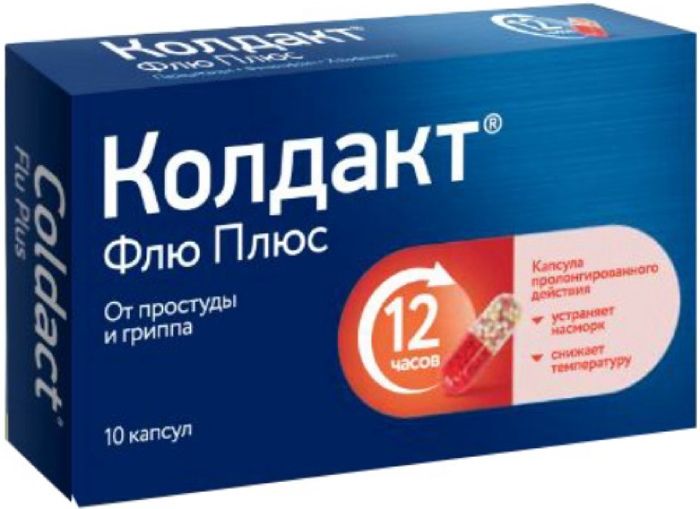
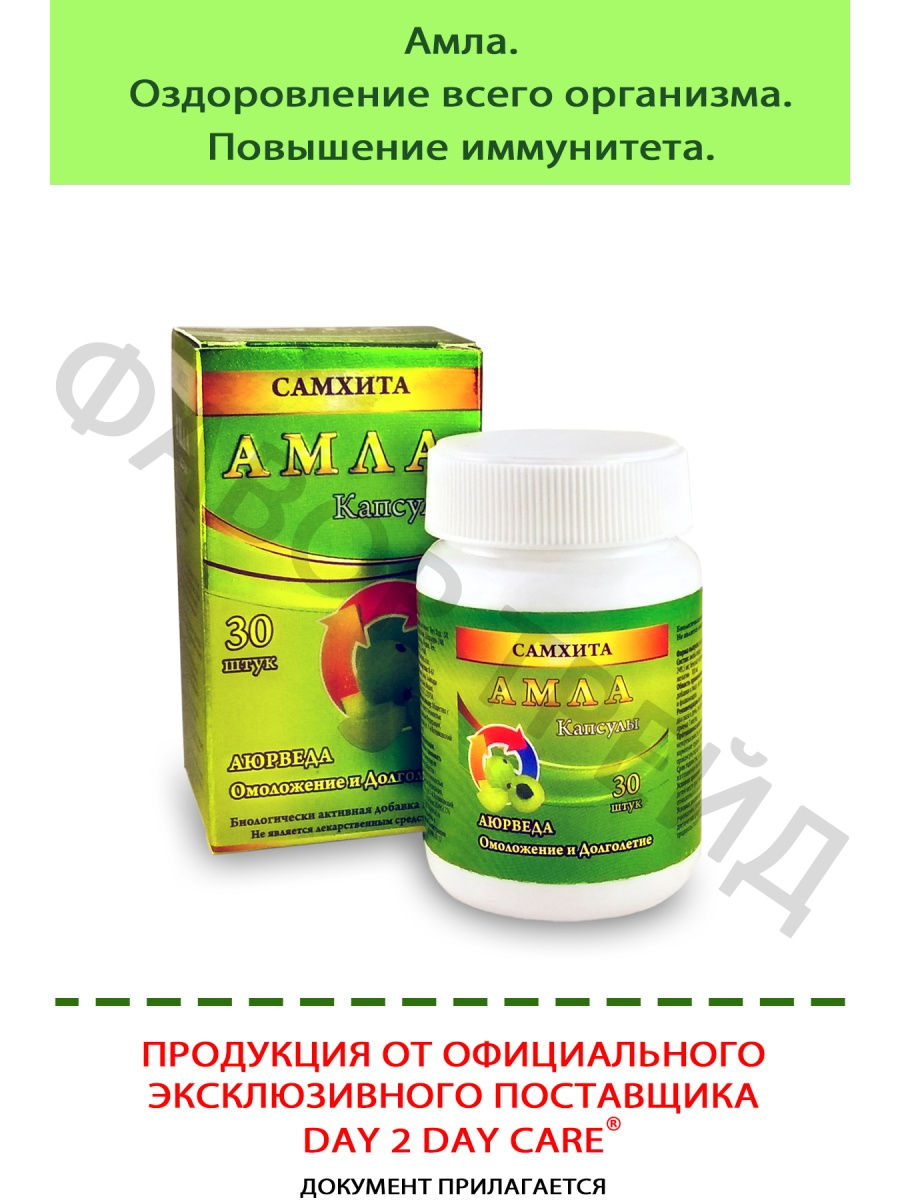

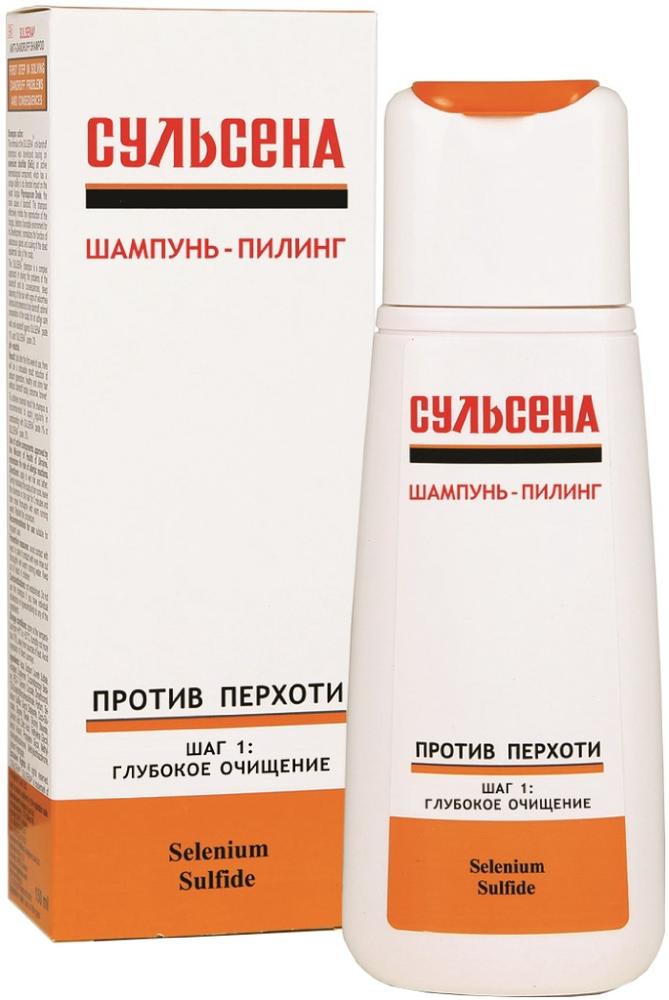
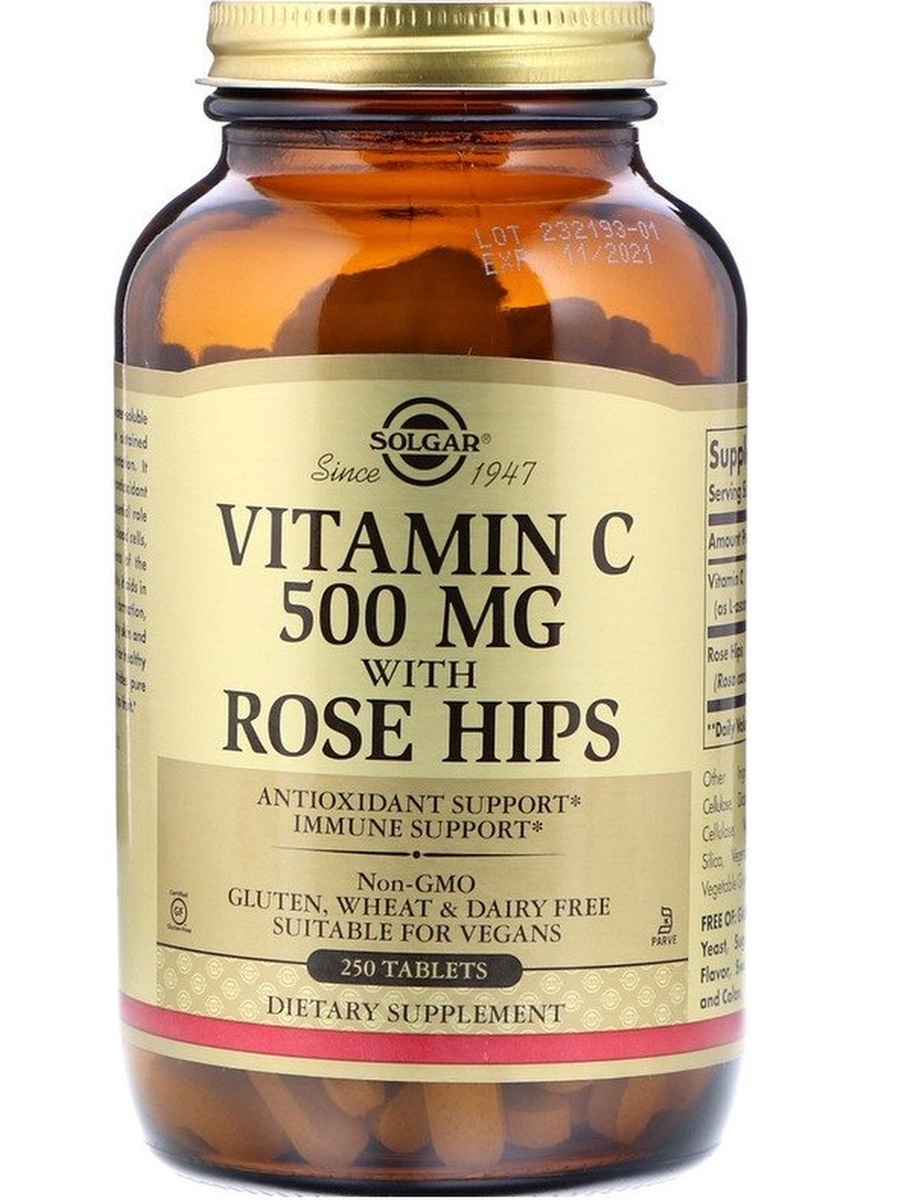
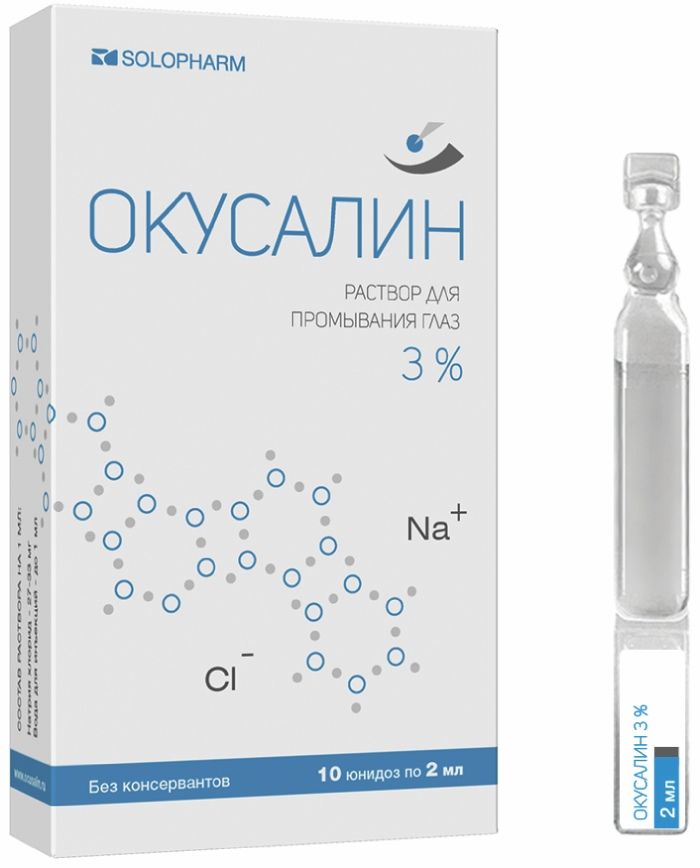





There are no reviews yet.